The Machu Picchu historical places combine Inca engineering, ritual sites and panoramic treks in one extraordinary archaeological complex. Perched at 2,430 m above sea level on the Andes’ eastern slopes, this “Lost City of the Incas” was built around 1450 by Emperor Pachacuti and remained hidden until its 1911 rediscovery by Hiram Bingham. In 1983, UNESCO designated it a World Heritage Site for its outstanding cultural and natural value.
Top Ten Machu Picchu Historical Places
This is the list of the best Machu Picchu historical places that reveal Inca temples, ritual stones and epic trekking routes.
1. Machu Picchu Citadel
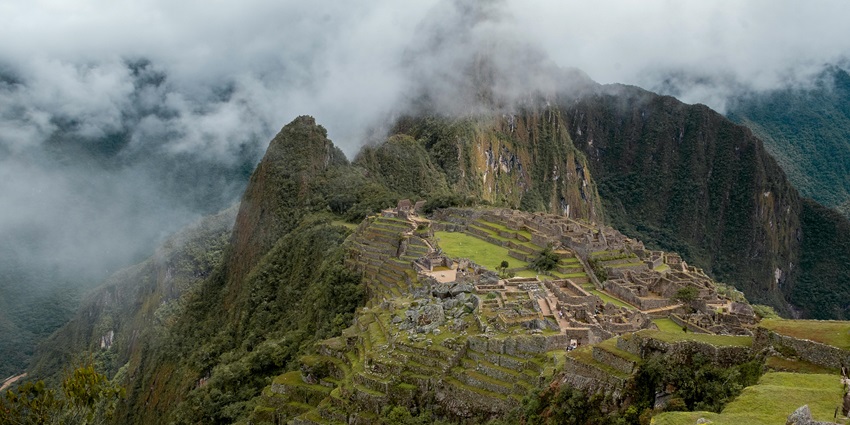
Photo: Gilmer Diaz Estela / Pexels
Our list of Machu Picchu historical places begins with the imposing mountain‑top citadel built under Emperor Pachacuti in the 15th century. This royal estate and ceremonial centre showcases the Incas’ dry‑stone construction, where precisely cut stones interlock without mortar. Its layout aligns with key astronomical events, underscoring Inca engineering mastery. Abandoned during the Spanish Conquest, it stayed hidden until 1911, preserving sacred temples, tiered agricultural terraces, and open plazas.
Timings: 6 AM – 5 PM
Best Time To Visit: May to September
2. Temple Of The Sun

Photo: Bernard Gagnon / Wikimedia Commons
Historical places of Machu Picchu include the semicircular Temple of the Sun, dedicated to the sun god Inti. Its curved wall features trapezoidal windows precisely aligned with solstice sunrises for ritual observations. Inside, ceremonial niches once held gold offerings, later looted during the Spanish invasion. The temple’s architecture combines a high‑quality stone platform with ritual spaces used by Inca priests. Positioned centrally in the citadel, it remains one of the best examples of Inca astronomy and religious practice.
Location: Central Machu Picchu
Timings: 6 AM – 5 PM
Best Time To Visit: June (winter solstice)
3. Intihuatana Stone
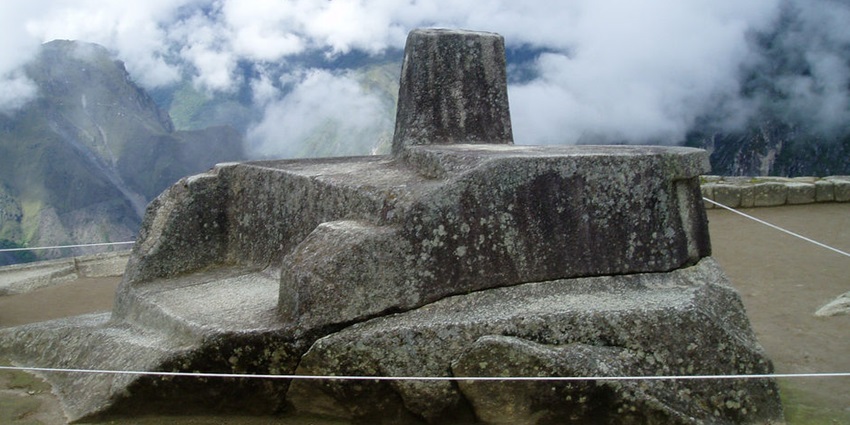
Photo: Jordan Klein / Wikimedia Commons
Intihuatana, a common feature in the Machu Picchu historical places, is a ritual stone sundial that marks the equinoxes and the solstices. The Incas believed this carved rock “tethered the sun” to prevent its disappearance during seasonal changes. Its precise angles and shadow‑casting grooves reveal advanced celestial knowledge. Positioned on the highest plaza, it once formed the centrepiece of solar ceremonies. Visitors today see this granite monument as a testament to Inca astronomical expertise and their deep connection between architecture and the heavens.
Location: Upper Citadel sector
Timings: 6 AM – 5 PM
Best Time To Visit: May to September
4. Temple Of The Three Windows
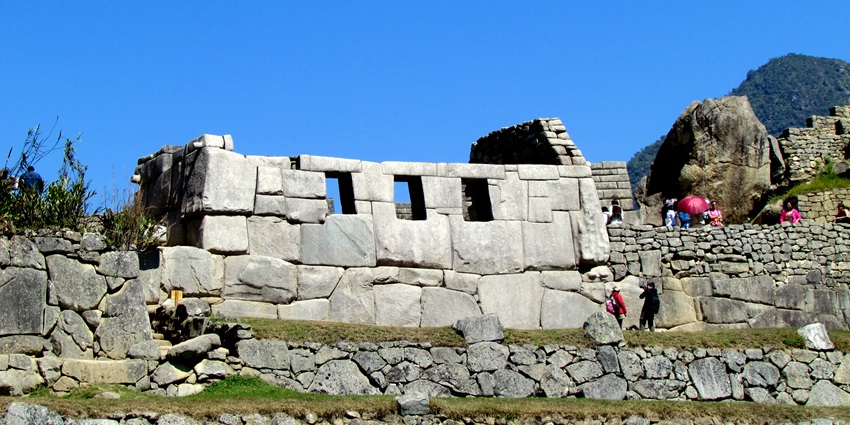
Photo: bobistraveling / Wikimedia Commons
The Temple of the Three Windows is a symbolic Machu Picchu historical place. It stands as a mark of the Inca cosmos’ three realms: sky, earth and underworld. Its large trapezoidal openings frame Andean peaks, creating a natural backdrop for rituals. One unfinished window is thought to represent the mythic fourth Inca brother. Built with finely joined stones, the temple sits beside the Sacred Plaza, offering views over terraced slopes. Its precise masonry highlights the importance of symmetry in Inca ceremonial architecture.
Location: Sacred Plaza
Timings: 6 AM – 5 PM
Best Time To Visit: May to September
5. Prison Group
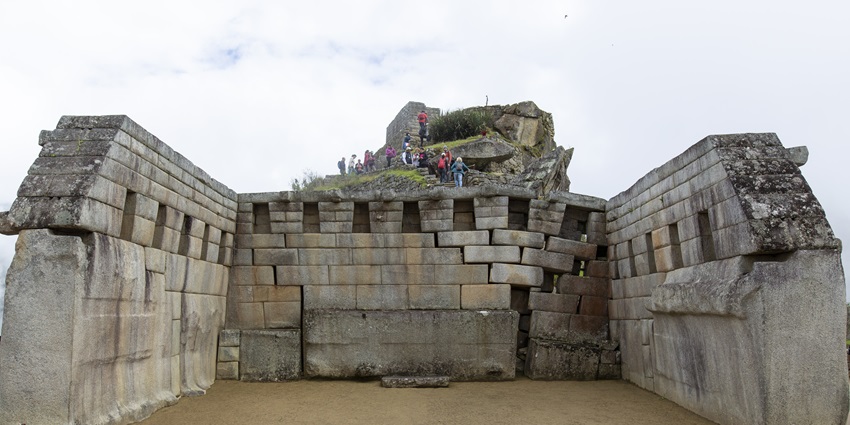
Photo: PA / Wikimedia Commons / Image For Representation Only
The Machu Picchu historical places also features the Prison Group, a network of small cells and tunnels carved into rock. Archaeologists believe these spaces stored ceremonial supplies or temporarily held participants in ritual rites. The adjacent Mortar Room contains carved basins once used for preparing chicha, the Inca corn beer. Positioned below the Temple of the Condor, this maze‑like area reveals the functional side of Machu Picchu’s infrastructure and offers insight into the daily and ritual activities of its inhabitants.
Location: Near Temple of the Condor
Timings: 6 AM – 5 PM
Best Time To Visit: May–September
6. Huayna Picchu
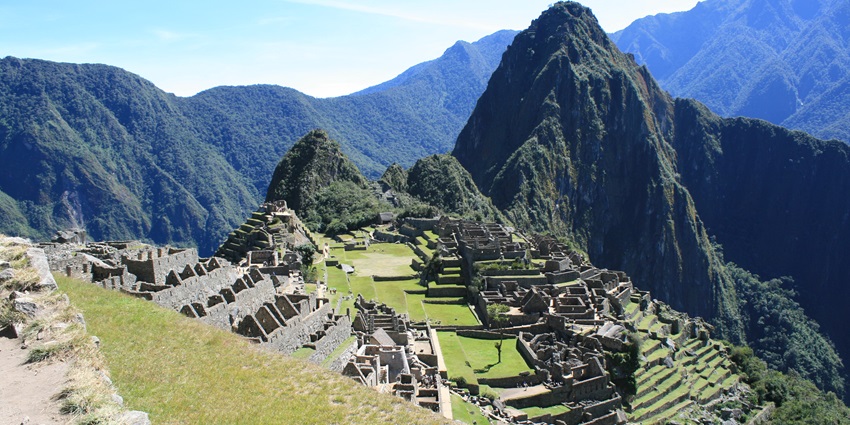
Photo: RAF-YYC / Wikimedia Commons
Huayna Picchu, another of the historical places in Machu Picchu, is the steep Young Peak towering above the citadel and home to the Temple of the Moon. Climbers follow a narrow path with carved ceremonial niches en route to a ridge 360 metres above the ruins. The 45‑minute ascent rewards trekkers with panoramic vistas of the Urubamba River valley and Machu Picchu below. Limited to 400 daily permits, daily permits sell out quickly, so early online booking is essential.
Location: North of the citadel
Timings: 7 AM – 2 PM
Best Time To Visit: Dry season
7. Intipunku (Sun Gate)
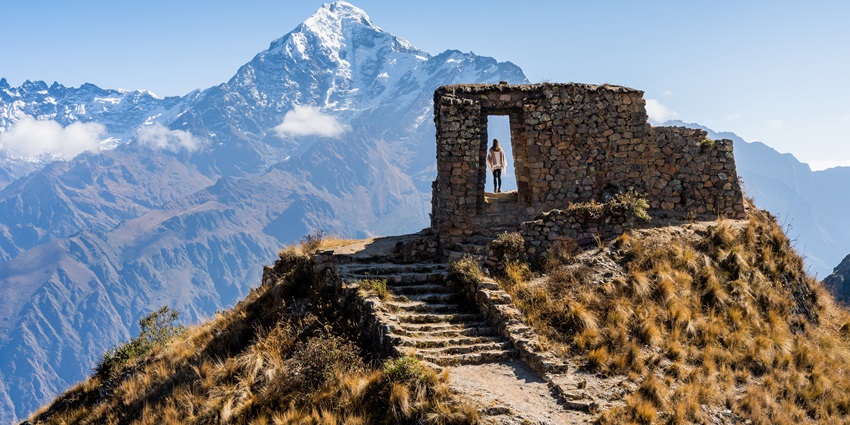
Photo: Juan Luis Laurel Acostupa / Shutterstock
Intipunku, the Sun Gate, marks the original Inca Trail entrance. Perfectly aligned to capture the June solstice sunrise, this stone portal signified ceremonial arrival for Inca elites and pilgrims, among other Machu Picchu historical places. After crossing high mountain passes, visitors stepped through Intipunku to behold the citadel below. Its strategic placement served ritual and defensive functions, and it remains unchanged, offering authentic insight into Inca pilgrimage traditions. It is open daily at sunrise for first light views.
Location: Southeast of the citadel
Timings: 6 AM – 5 PM
Best Time To Visit: Sunrise
8. Inca Bridge

Photo: Aga Khan (IT) / Wikimedia Commons
The Machu Picchu historical places also feature the Inca Bridge, a hidden cliff‑edge pathway constructed for defence using removable wooden planks. This narrow, rock‑cut trail enabled rapid Inca access and controlled entry into the citadel during attacks. The wooden sections could be taken away to prevent an enemy approach. Today, visitors follow secured footpaths alongside the original site to experience this defensive engineering marvel, which demonstrates how the Incas merged natural terrain with strategic design to protect their mountain sanctuary.
Timings: 7 AM – 4 PM
Best Time To Visit: May–September
9. House Of The High Priest

Photo: AndyScott / Wikimedia Commons / Image For Representation Only
The House of the High Priest, a finely built residence in the list of Machu Picchu historical places. Its well‑constructed stone walls and window niches indicate the status of its occupants, chief religious leaders. The dwelling’s proximity to major temples underscores the priesthood’s role in governance and ceremony. Inside, narrow corridors lead to small chambers once used for administrative and ritual tasks. Today, the structure remains one of the best‑preserved examples of Inca elite domestic architecture.
Timings: 6 AM – 5 PM
Best Time To Visit: April to November
10. Hut Of The Caretaker Of The Funerary Rock
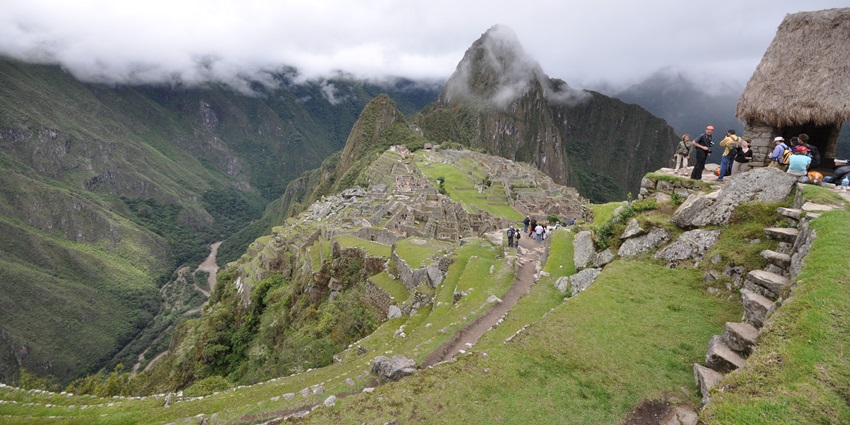
Photo: Jorge Láscar / Wikimedia Commons
The Machu Picchu historical places conclude with the Hut of the Caretaker of the Funerary Rock, a restored thatched shelter overlooking a carved stone used in mummification ceremonies. Its simple design features wooden posts and a palm‑leaf roof, reflecting traditional building methods. From this vantage point, the caretaker could perform funerary rites and observe agricultural terraces below. Today, visitors admire both the hut’s authenticity and the panoramic views it provides across the citadel and surrounding Andean peaks.
Location: Entrance sector
Timings: 6 AM – 5 PM
Best Time To Visit: April to November
These Machu Picchu historical places immerse travellers in the heart of Inca civilisation, blending precision stonework with mountainous views and sacred astronomy. Whether hiking the Inca Trail, exploring the Sun Gate at dawn or discovering hidden temples, each site offers insight into Inca beliefs and engineering. Explore various packages offered by TripXL, ensuring your journey focuses on wonder, to your next unforgettable adventure to these historical places of Machu Picchu.
Cover Photo: saiko3p / Shutterstock


 WhatsApp
WhatsApp
 Twitter
Twitter









